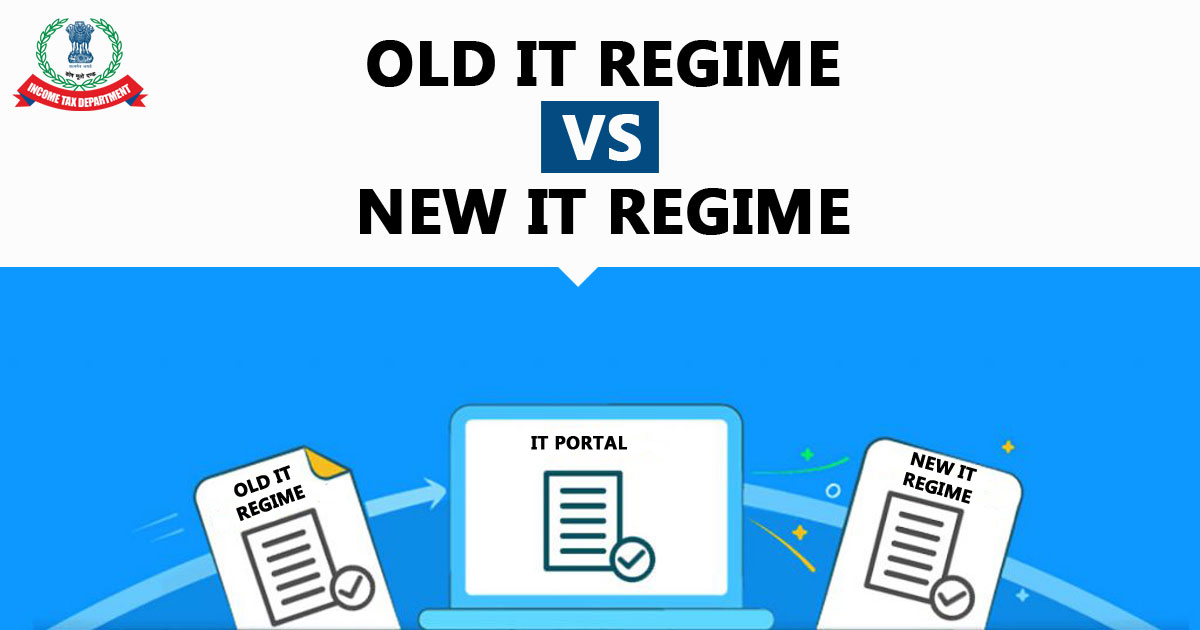The slabs could be rejigged to ensure that the
tax liability on most taxpayers will reduce, and more meaningfully for those in
the lower tax brackets, the official said, as preparations for the Budget FY24
are underway in the finance ministry.
“In the exemption-free regime, tax is payable
on income above Rs 2.5 lakh whereas no tax is payable for income up to `5 lakh
in the older scheme if exemptions are availed of. This may be one reason why
taxpayers have stuck to the older regime,” the official said. About 75% of
annual income tax returns are for annual income below `5 lakh, he noted.
Less than 1% of the taxpayers
who filed returns through the Clear portal this year have opted for the
exemption-free regime.
“The government should come out with something
interesting such as removing exemptions and rationalising slabs to ensure
everyone gets some relief. By doing so, it will also get more revenues due to
higher compliance,” the official said.
In the older tax regime, the tax rate moves rather
steeply from 5% for income of Rs 2.5-5 lakh to 20% for `5-10 lakh and 30% for
above Rs 15 lakh. “It does not make sense to jump from 5% to 20%,” the official
added.
Given that the Budget for FY24 will be the
last full Budget of the current government before the general elections in
April-May 2024, it will take a call on the matter after much careful
consideration, analysts reckon.
It may be simpler for the government to make
the tax regime fit for the purpose (of minimising exemptions and making the
rate benign) by retaining a few reliefs such as exemptions for pension
contributions (Section 80C, 80CCD etc), medical insurance and standard
deduction. Slabs may be reworked to bring `5-10 lakh income under 15% rate, Rs
10-15 lakh under 20% and above `15 lakh at under 30%.”
The high growth in direct tax collections may
give the government the headroom to rejig the personal income tax regime.
Direct tax collections (post-refunds), which were about `9.47 trillion in FY21,
may reach about `18 trillion in FY23, clocking a growth of nearly 90% in two
years.
This was helped by the greater formalisation
of the economy after Covid-19 broke out in 2020, and improved data capturing
after the implementation of GST leading to more compliance and elevated
inflation.
The percentage of taxpayers opting for the new
tax regime is less because of the non-availability of deductions. Currently,
the new tax regime is only for those with no cash flow to invest in tax-saving
schemes. However, traditionally, Indians are diligent savers and tend to
maximise tax savings and claim deductions.
The facility tax savings under the new regime
are seen limited, with maximum savings feasible of `78,000 for income up to `20
lakh, against as high as `4.29 lakh in the conventional regime, thanks to
deductions and exemptions. The condition of lock-in if the individual taxpayer
carrying on a business/profession opts for the regime is also seen onerous.
Currently, if the total income of a working
individual is up to Rs 5 lakh, there is no tax payable by her in both the tax
regimes due to a rebate available under Section 87A of the Income Tax Act. But
if the income exceeds beyond the threshold, the tax has to be paid on income
above Rs 2.5 lakh at the rate of 5% in both the regimes. But the tax liability
is nil for most such taxpayers in the older regime as they claim various
deductions and exemptions.
In the older regime, some 70-odd deductions
and exemptions are allowed such as standard deduction, the exemption for house
rent allowance and leave travel allowance (LTA), deductions under Section 80C
(for various investments and payments such as tuition fees, principal repayment
of housing loan), 80D (for medical insurance/expenses), 80TTA (saving bank
interest) or deduction of Rs 2 lakh for housing loan interest to name a few.
The exemption-free regime offers lower tax
rates in a graded manner, that is, 5% rate for income of Rs 2.5-5 lakh, 10% for
Rs 5-7.5 lakh, 15% for Rs 7.5-10 lakh, 20% for Rs 10-12.5 lakh, 25% for Rs
12.5-15 lakh, and 30% for over Rs 15 lakh. Analysts say the six-slab structure
compared with the three in the old regime may also have confused people.
Source :- Financial Express




0 Comments:
Post a Comment